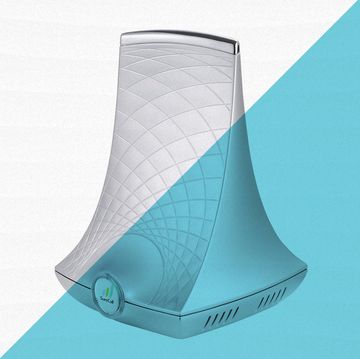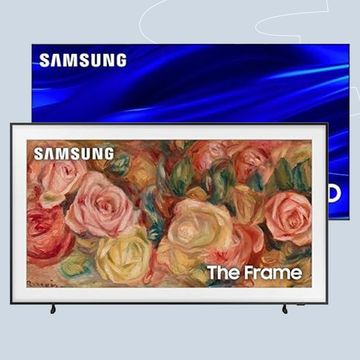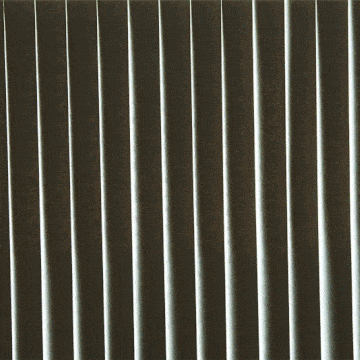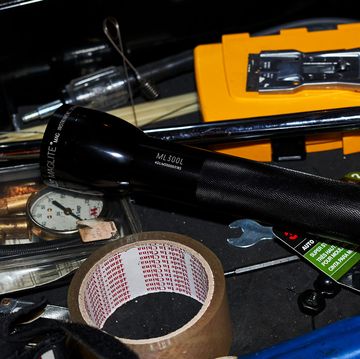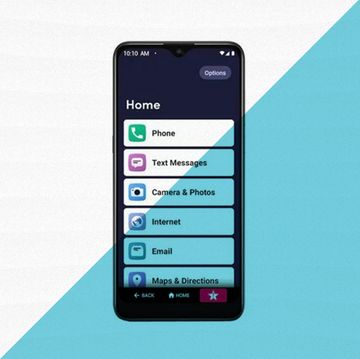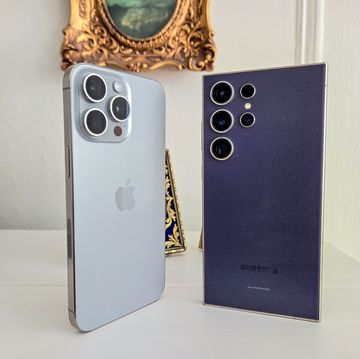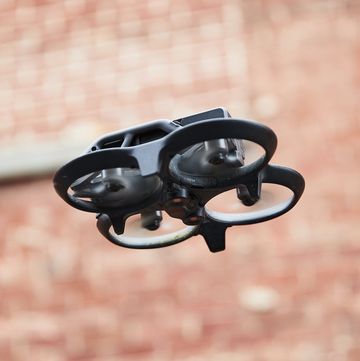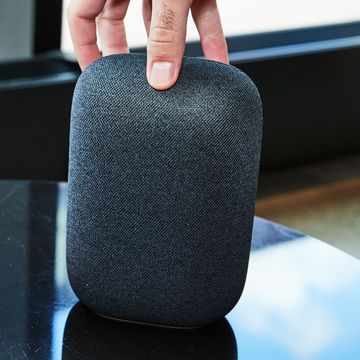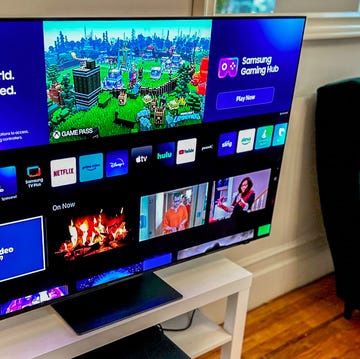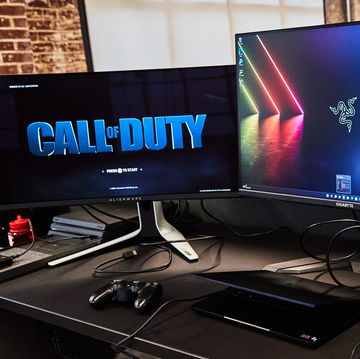We've all seen basic 3D pictures before. There are those distorted picture-globes you can take with your phone, or Google's Street View photospheres. They're impressive in their own way, but they're just 2D images arranged in a slightly 3D-ish manner. Pretty, but not quite convincingly real. The pictures taken by this crazy rotating camera rig are.
This weird spinning camera rig developed by a company called OTOY doesn't just create one static 2D image you can pan around. Instead, it uses light field technology—the very same trick that lets those neato Lytro cameras refocus a picture after it's taken—and two spinning cameras to add a whole new level of realness to the image. The reason 3D images like the ones you'll see on Street View can look fake is because the stuff you're looking at doesn't change as your eyes move. Even if you use some sort of goggles like Google Cardboard, it's more like standing inside of a dome that has 2D pictures wallpapered all over the inside than it is like looking around a real 3D space.
With the light field tech utilized by OTOY's rig however, the image can respond as you move your eyes around. The picture refocuses and the perspective adjusts accordingly. Hold your hand in front of your face, tilt your head, and notice how certain parts of it become slightly more visible as you move. That nuance is what this rig can capture and bring to life. Instead of just taking one picture, the rig is actually kind of modeling these real life objects.
For the most part, only computer generated graphics have been able to recreate the kind of perspective changes that make something feel real. But this tech is a step towards turning any physical space into a virtual space with just one scan. It's the difference between looking at a panoramic picture of a room, and standing in that room looking around.
There are some limits to the tech. You can look around by turning or tilting your head, but you won't be able to lean in and get a closer look at anything, much less actually walk around. Still, the applications are promising for everything from real-estate ("Here, take a look around this $89323423 billion penthouse!") to 3D movies to virtual reality sight-seeing. And most of all, it's a step towards turning any real place into a level for a video game.


